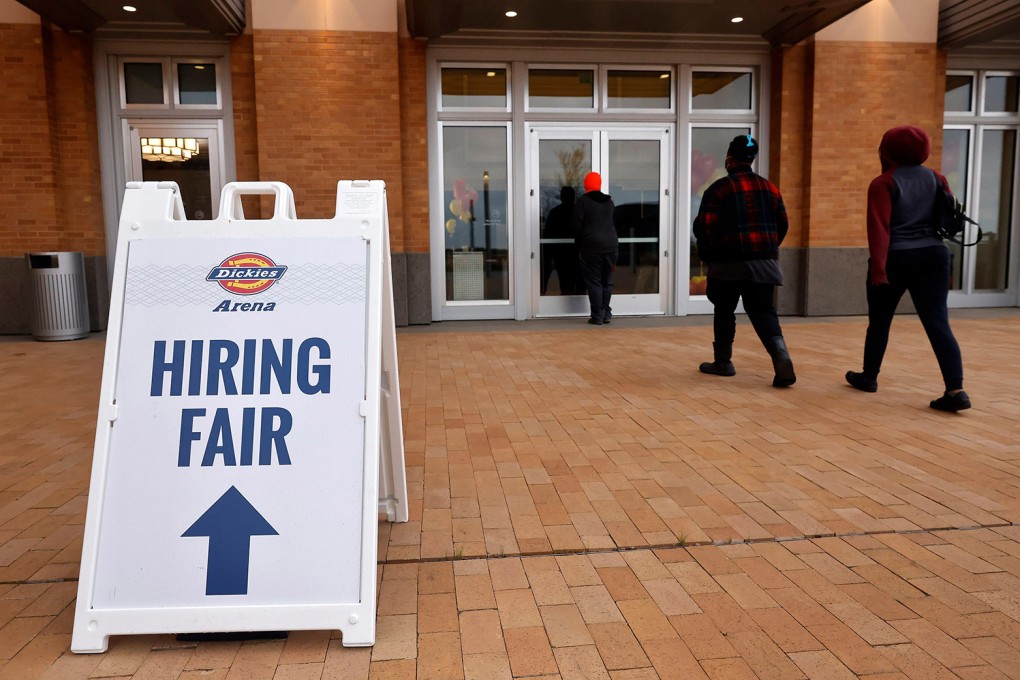Macroscope | Why jobs will determine when US Fed changes its interest rate regime
- While other sectors appear to be cooling off, the US labour market is showing resilience amid rising wages and a shrinking pool of workers
- Any slowing in the pace or magnitude of the Fed’s rate increases will be closely linked to the performance of the labour market

The smaller rate increase from the Reserve Bank of Australia and more dovish tone left markets giddy that the peak in interest rates was fast approaching, and that other central banks – such as the US Federal Reserve – might follow in Australia’s footsteps and begin to reduce the size of their own rate increases. But what would it really take for this to happen?
The short answer is jobs. The long answer is when the inflation rate is below the policy rate.
The Fed has not stopped raising rates while the US policy rate is below the level of inflation. The current US policy rate is within the target band of 3 to 3.25 per cent, but inflation was an annualised 8.3 per cent in August. There is some way to go for both inflation to fall and rates to rise.
The Fed’s set of economic projections from September shows an interest rate of 4.6 per cent and an inflation rate of 2.8 per cent by the end of 2023. This means positive real interest rates, and that by then the Fed could have achieved its goal, bringing an end to this rate hiking cycle. The Fed is likely to raise the interest rate to 4.6 per cent sooner than the end of 2023, so the question is whether inflation will track in line with the Fed’s projections.
Headline rates of inflation are likely to come down in the coming months. The pace of price rises will come down as demand weakens, commodity prices fall – or at least stop rising – and supply chains continue to improve. The sticky parts of inflation, however, are the housing market and wage growth driven by low rates of unemployment, which could take longer to roll over.
The housing market is starting to show early signs of slowdown. The longer, fixed-term mortgages that are common in the United States mean it can take longer for the impact of higher rates to filter through.


